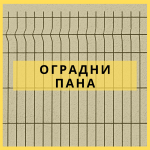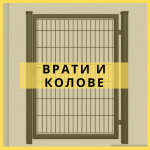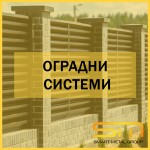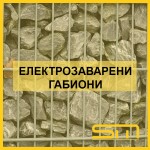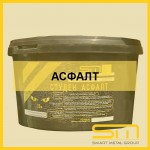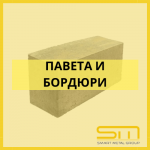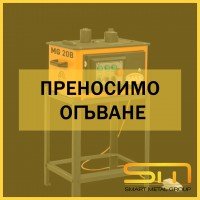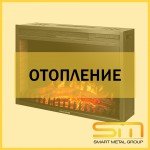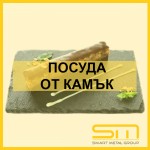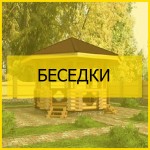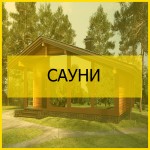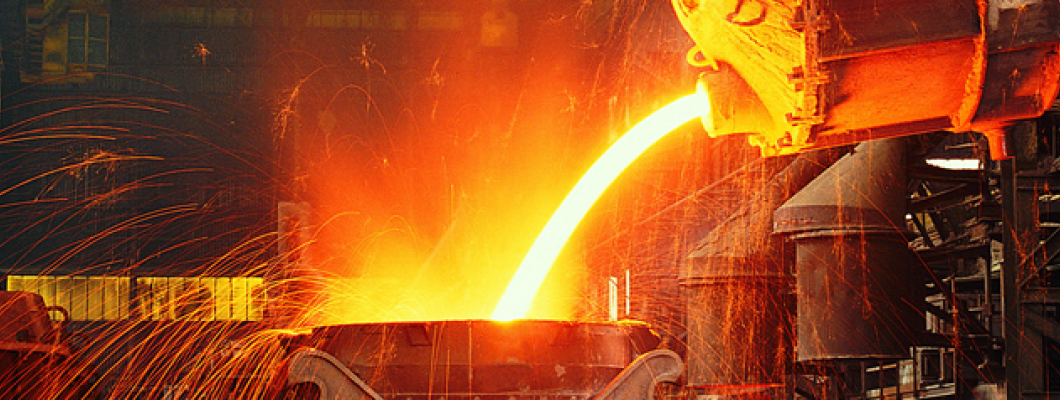
Market for Sheet metal
Starting from mid-June, the fluctuations in the global market for sheet metal have come to an end. Price changes have been diminishing recently, and regional markets are gradually stabilizing. New benchmarks are at a relatively low level, but there are reasons to expect that there will be no further significant declines in the foreseeable future. However, it is also not expected to see growth in any particular direction.
While the three-week Chinese growth in the second decade of June, driven by optimistic expectations, came to a halt, the futures prices on the Shanghai Futures Exchange started to rise again in the 20s of the month.
At the same time, in Europe, it seems that the decline in the market for sheet metal, which lasted for almost two and a half months, is nearing its end.
The observed trends continue in the last decade of June.
The visible demand is generally low, and price changes are minimal. Overall, there is a certain equilibrium in the sector. Metallurgical companies are no longer trying to stimulate sales through discounts, and further decreases could lead to losses. However, weak buyer interest prevents prices from rising.
The end of the prolonged decline in Europe may become the main event at the end of June. At least, the cost of imported products has stopped falling, and the lower price limit has even slightly increased. Regional producers are hoping for a wave of purchases before the start of the summer vacation season. Another argument in favor of price stabilization may be the limitation of supply volumes.
The Russian market for sheet metal remains relatively stable. Metallurgical companies have confirmed the extension of vacation prices for a large part of the range of sheet metal for July, with only the coated products, which are in high demand, becoming more expensive. The pipe market has become more active, and further expansion of visible demand is forecasted for the next month. At the same time, distributors note relative weakness in certain segments. A strong competition is observed in the hot-rolled products sector. Suppliers are considering lowering their positions in price lists, while customers are looking for discounts. There is an excess supply in some thicknesses, although others are relatively scarce. There is no sign of improvement in the cold-rolled products, which continue to slowly decline in price.
The external environment remains unfavorable for Russian metallurgical companies. The Turkish direction remains passive, as they are awaiting an increase in interest rates by the local Central Bank. In other regions, domestic metal mills have to compete with cheap Chinese and Vietnamese products.
Market for Long Products
The second half of June is passing uneventfully in the global market for long products. Partly, this is due to holidays - the Dragon Boat Festival in China from June 22nd to 24th and Eid al-Fitr in Turkey and other Muslim countries from June 27th to July 2nd. However, the low activity of buyers in various countries is also explained by the depression in the construction industry. Due to rising interest rates in different countries and overall negative expectations, the number of new construction projects has decreased.
In China, rains in the southern part of the country and in the eastern provinces, as well as hot weather in the northeast, have led to the suspension of many construction projects. The visible demand for long products is weak. At the same time, the production of reinforcement bars in the country increased in the first half of June, resulting in an excess supply in the market again. The forecasts for the near future are negative.
In the Russian market for long products, significant events have not occurred from June 19th to 26th. There was a lull during the weekend, and by Monday, everything had generally calmed down. The construction industry feels quite stable, and further expansion of demand is expected in June, although not significantly. No sharp changes are expected, although as it turns out, life can be unpredictable.
The balance is maintained, on one hand, by stable demand, and on the other hand, by predictable supply volumes. Metallurgical companies are unlikely to expect an increase in exports of steel products and semi-finished products. Therefore, sufficient volumes of long products are supplied to the domestic market. Perhaps even slightly more than enough, which prevents price increases.
Market for Metallurgical Raw Materials
Hopes for growth in the global market for ferrous metals in the first half of June were mainly associated with China and Turkey. It was expected that the Chinese government, following disappointing spring results, would take measures to stimulate economic growth and support the construction industry. In Turkey, after the stabilization of the political situation following the presidential elections at the end of May, economic stabilization was expected. But that did not happen.
The Chinese authorities have taken a series of steps to expand credit for the real sector and finance infrastructure projects, but there have been no significant changes in the industrial and construction sectors. Steel prices in the country have started to decline. Along with them, the prices of iron ore and coking coal have also dropped.

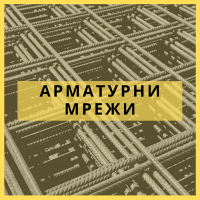
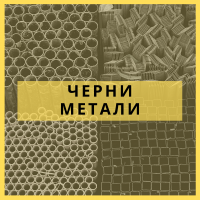
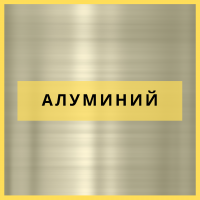
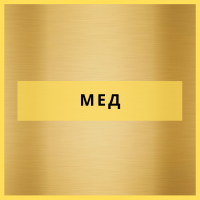
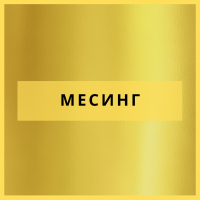
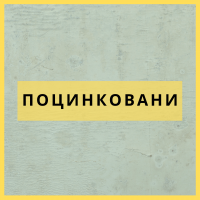

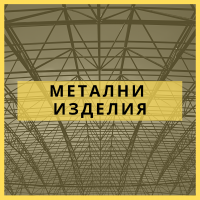
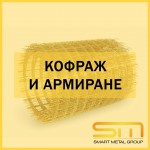


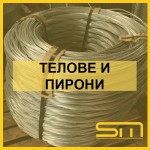

-150x150.png)
